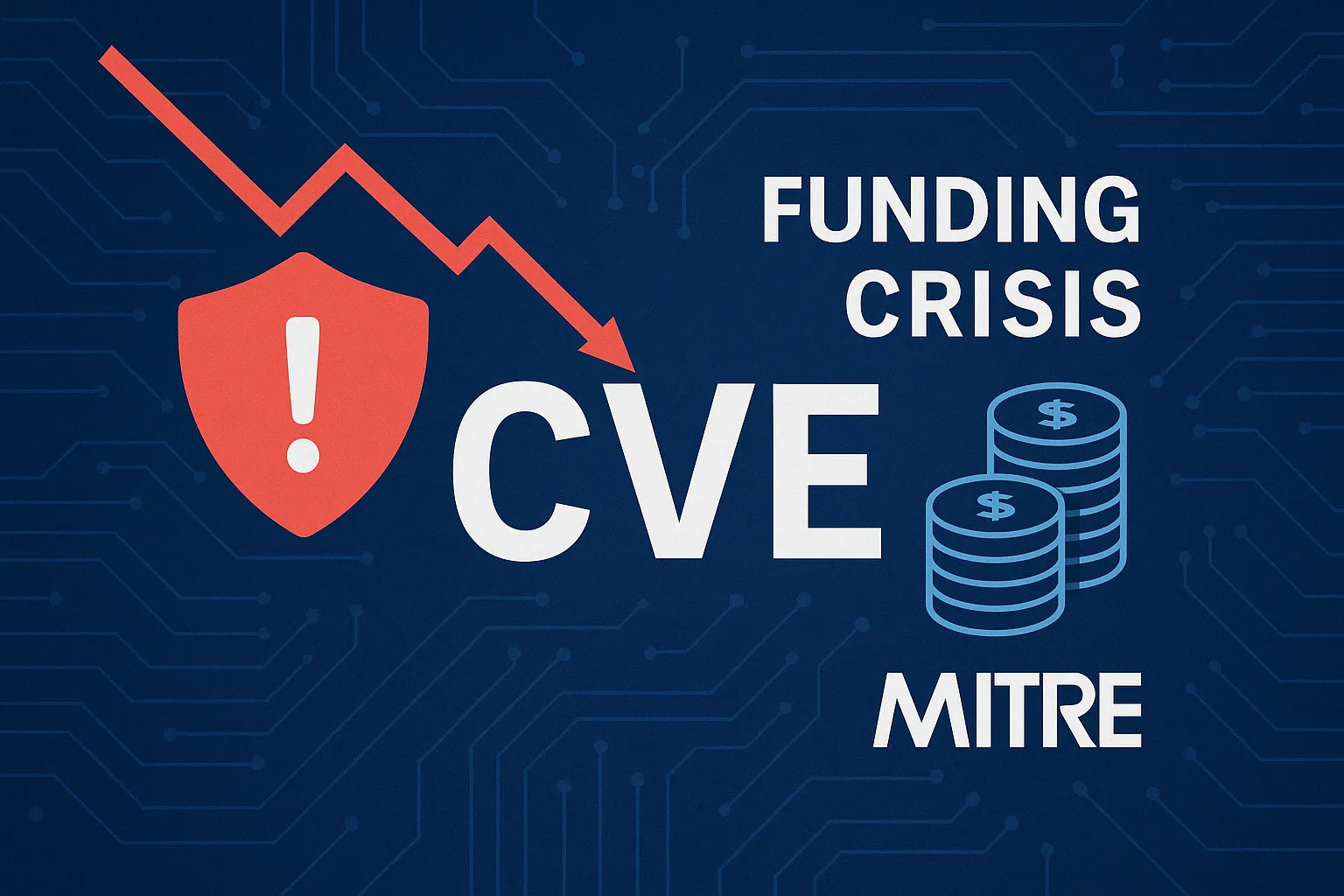Heading

Over the past few days, the cybersecurity community has been abuzz with concern: the U.S. government's funding for MITRE’s management of the CVE (Common Vulnerabilities and Exposures) program nearly ran out. With only days left, an emergency 11-month contract extension was issued—just enough to keep the lights on.
But what does this really mean for cybersecurity professionals, IT teams, and organizations trying to stay one step ahead of attackers? More importantly, how does this impact solutions like SecurityHive’s Vulnerability Management, which depends on CVE data to help you protect your systems?
Let’s break it down.
What is the CVE Program and Why Is It Critical?
CVE IDs are unique identifiers assigned to known cybersecurity vulnerabilities. Think of them like serial numbers for software bugs. Without them, sharing, tracking, and resolving vulnerabilities across vendors, tools, and security teams would be chaotic and inconsistent.
The CVE program, launched in 1999, is managed by the MITRE Corporation, a nonprofit organization operating under U.S. government sponsorship. MITRE maintains the CVE list, coordinates with vulnerability researchers and vendors, and ensures each reported issue is catalogued, standardized, and accessible to the public.
But MITRE’s role doesn’t stop at assigning CVE IDs. They also:
- Operate the CVE Numbering Authority (CNA) system, which delegates responsibility to vendors and research institutions to assign CVEs independently.
- Maintain CWE (Common Weakness Enumeration) and CAPEC (Common Attack Pattern Enumeration and Classification)—critical frameworks that add context to vulnerabilities.
- Act as a neutral coordinator between software vendors, researchers, and security companies to ensure responsible disclosure and tracking.
In short, MITRE is the glue that keeps global vulnerability reporting and tracking consistent.
What Happened with the Funding?
As of April 16, 2025, MITRE’s government contract to run the CVE program had expired. With no replacement in place, they signaled potential degradation in service, delays in CVE assignment, and resource cuts.
Security professionals were rightfully alarmed: a pause in the CVE program could disrupt patch cycles, affect vulnerability scanners, and introduce confusion around threat intelligence.
Thankfully, the U.S. Cybersecurity and Infrastructure Security Agency (CISA) stepped in at the last moment with a temporary funding extension. However, this stop-gap measure reveals a deeper issue: a critical cybersecurity program was nearly derailed by bureaucratic delays and underfunding.
How SecurityHive’s Vulnerability Management Uses CVE Data
At SecurityHive, we understand how foundational CVE data is to proactive security. That’s why our Vulnerability Management solution integrates deeply with CVE information to give you a clear, real-time overview of which vulnerabilities affect your systems, applications, and infrastructure.
Here’s how it works:
- CVE Lookup & Prioritization
Every discovered vulnerability is matched to its official CVE ID, giving your team reliable metadata, including severity (CVSS), exploitability, and remediation references. - Automated Monitoring & Alerting
As new CVEs are published, our system automatically checks them against your environment and alerts you when relevant ones are found. - Smart Filtering
Not every CVE is equally urgent. Our platform uses additional context, such as affected software version, exploit status, and business impact, to help you prioritize what really matters. - Continued Protection—even During CVE Program Instability
Our internal processes ensure that vulnerability detection remains active and updated, even if external CVE data flows are delayed. We source from multiple feeds and maintain our own enrichment mechanisms to avoid disruptions in your protection.
Don’t Wait for the Next Crisis—Explore Vulnerability Management Today
The recent chaos around MITRE’s funding shows how fragile some of the internet’s most critical defenses can be. But this also highlights something else: having a trustworthy, independent vulnerability management solution is more important than ever.
With SecurityHive, you’re not just scanning for vulnerabilities. You’re gaining:
- Centralized visibility into exposures across your infrastructure
- Up-to-date intelligence built on industry-standard data like CVEs
- Prioritized remediation paths to reduce risk quickly
- A partner that stays resilient—even when the cybersecurity ecosystem wobbles
Ready to take control of your vulnerabilities?
Explore SecurityHive Vulnerability Management and see how we help businesses stay secure—no matter what happens behind the scenes at MITRE or elsewhere.







